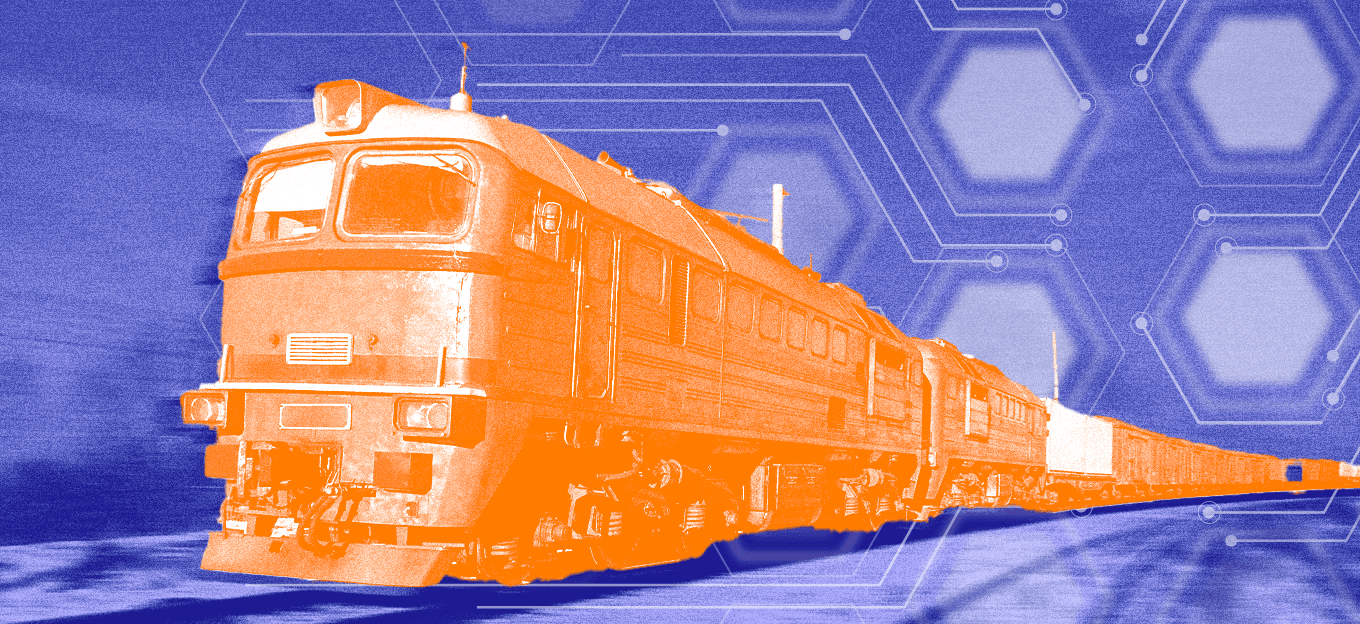What is Pairing / Association of IoT Devices?
What is Pairing / Association of IoT Devices?
- Last Updated: December 2, 2024
Calum McClelland
- Last Updated: December 2, 2024



As I explored in my introductory post, this series is focused on the operational and organizational challenges we’ve seen in IoT and how to overcome them. In this post, I’ll be diving into what pairing / association of IoT devices means and why it’s critical.
What is Pairing / Association?
To explain pairing / association and why it’s such an important piece of IoT, you first need to understand why the Internet of Things is so powerful. IoT enables us to create an increasingly high-fidelity digital representation of the physical world. This means that IoT allows us to take increasing advantage of a key principle: bits are easier to move than atoms.
This principle has transformed industry after industry since the inception of the internet. To explain what I mean, think of books: creating another copy of an ebook and sending it to your Kindle has effectively zero marginal cost, is delivered instantaneously, and can be updated over time. Contrast that with physical books which are more expensive to produce (requiring paper, ink, and other resources to print), need to be physically shipped, and are static and unmalleable once printed. And this is just one example, digital things are almost always cheaper to reproduce, faster to spread, and more easily updated and improved.
To date, much of the digital world has been generated by humans. Humans have typed blog posts, designed web pages, recorded music, entered data into spreadsheets, filmed videos, written code, and performed countless other activities to build the rich digital world of the internet today. But this is just the beginning. In the coming decades we’ll see a shift wherein the vast majority of data won’t be created manually by humans but will instead be generated by machines that sense and analyze our world. This is the Internet of Things.
IoT will therefore create an increasingly high-fidelity mirror of the physical world in digital form. By extension, this means that we’ll be able to leverage the powerful advantages of bits over atoms (faster, cheaper, more scalable, easier to update, etc.) more and more in the physical world.
If you think of IoT as mirroring the physical world in digital form, then it becomes critical to tie digital streams of information to physical objects. A sensor can tell you its own location or what the temperature is in the sensor’s environment, but if you don’t know what asset that sensor is attached to or what room that sensor is in, then those data streams aren’t all that useful.
So the terms “pairing” and “association” refer to the process by which you take this sensor (and its corresponding data stream) and tie it to this physical thing. So now you know that Tracker A (which has a GPS sensor) is paired with Boat 1, and because you know the location of Tracker A, you now know the location of Boat 1.
Going forward I’ll just use “association” for simplicity, though the terms "association" and "pairing" can be used interchangeably.
How to Associate in IoT
You can think of any kind of association as falling into one of the following four categories:
- Manual and one-time.
- Manual and repeated.
- Automatic and one-time.
- Automatic and repeated.
The "manual vs. automatic" category refers to the process required to associate a sensor to a given physical thing. Many applications will require manual association, such as scanning a barcode on the sensor and then scanning a barcode on the asset you’d like to track. Automatic association is ideal, as it reduces friction and negates the potential for human error, but it’s often impossible for a given Applications.
The "One-time vs. repeated" category refers to whether association is a one-time occurrence or whether the sensor will be associated to multiple, different physical things throughout the course of its useful life. When association is one-time, it makes the increased burden of manual association more manageable. When association is repeated, you want as little operational burden and potential for error as you can manage.
In reality, things don’t fall neatly into these four categories. Automatic vs. manual and one-time vs. repeated aren’t binary determinations, but rather are spectrums along which each IoT Applications falls. Something is either automatic or it isn’t, but there can be varying levels of manual effort required to associate in a given Applications. Similarly, something is either one-time or it isn’t, but the number of repeated associations can be anywhere from a few times to thousands of times.
In my next post, I’ll share some specific examples, how they fall into the above categories, and related challenges and how to overcome them.
What Challenges Are You Facing?
The topic of my next post is set, but this series is ultimately meant to be helpful to you, the reader! So if there’s a particular challenge that you’re facing or that you’d like me to explore, please let me know below in a comment, and I’ll make sure to prioritize it.
The Most Comprehensive IoT Newsletter for Enterprises
Showcasing the highest-quality content, resources, news, and insights from the world of the Internet of Things. Subscribe to remain informed and up-to-date.
New Podcast Episode

How Drones and Telecom Enable Aerial IoT
Related Articles




